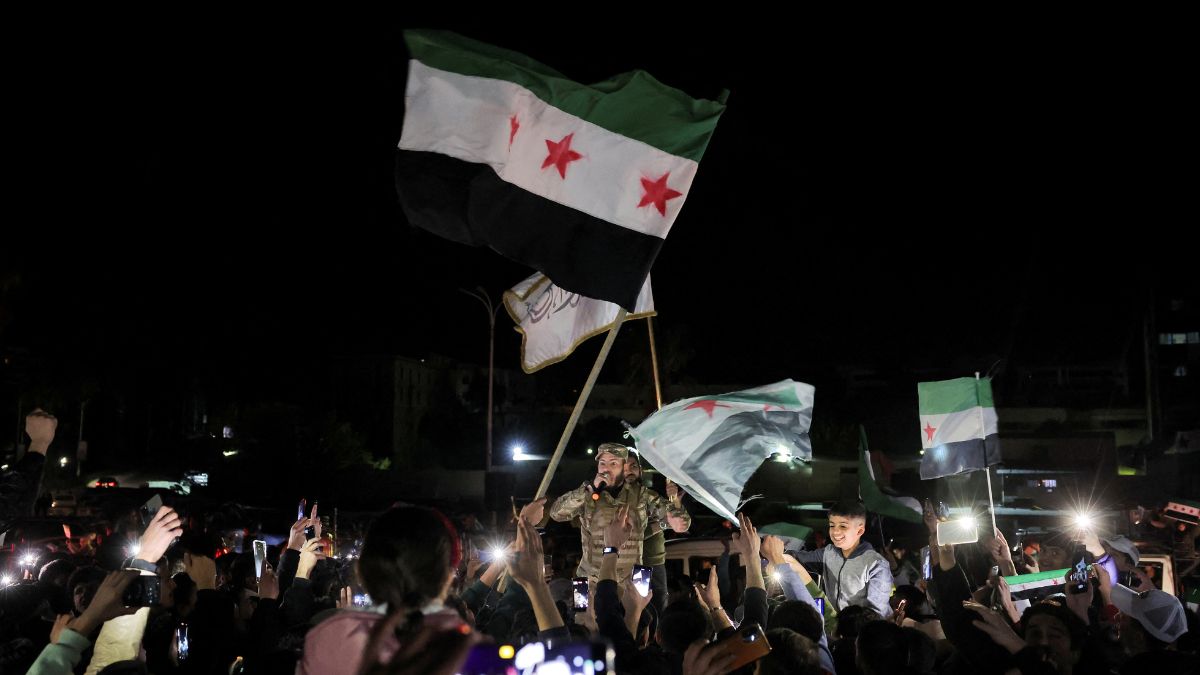The power dynamics in Syria have entered a new phase following the overthrow of President Bashar al-Assad’s regime after a brutal 13-year civil war.
This conflict, seen by many as a new dawn for Syria, has drawn in international powers with vested interests.
Central to the evolving situation are the tensions between the Turkish-backed Syrian National Army (SNA) and the US-aligned Syrian Democratic Forces (SDF).
We take a look at factors shaping this confrontation:
What is the Syrian Democratic Forces (SDF)?
The Syrian Democratic Forces (SDF) was established in 2015 as a coalition of Kurdish, Arab, and Assyrian militias. Predominantly led by the Kurdish People’s Protection Units (YPG), the SDF aims to create a secular and federalised Syria.
It gained international recognition for its critical role in the defeat of the Islamic State (IS), particularly after liberating Raqqa in 2017.
The group enjoys strong backing from the United States, which views it as a vital ally in preventing an IS resurgence.
However, the SDF’s ties to the Kurdistan Workers’ Party (PKK) — a group designated as a terrorist organisation by Turkey — have made it a contentious force in the region.
What is the Syrian National Army (SNA)?
The Syrian National Army (SNA), formerly known as the Free Syrian Army (FSA), is a coalition of rebel groups supported by Turkey. The SNA was formed to counter Assad’s regime and later evolved into a key player in Turkey’s strategy to secure its southern border.
With Turkish military training, logistical support, and funding, the SNA has expanded its control in northern Syria.
Turkey’s support stems from its goals to curb Kurdish influence in the region and facilitate the return of millions of Syrian refugees currently residing within its borders.
Why are the SDF and SNA at odds?
The rivalry between the SDF and SNA stems from their conflicting visions for Syria’s future and their alliances with rival international powers.
Territorial ambitions
The SDF controls significant areas in northeastern Syria, including key oil fields and agricultural regions, which provide vital resources for its administration.
On the other hand, the SNA, backed by Turkish forces, has been actively advancing into northern Syria to establish a “safe zone” — an area free of Kurdish influence that also serves Turkey’s strategic interests.
Ethnic and political tensions
The SDF’s Kurdish-led leadership has created friction in Arab-majority areas under its control, such as Raqqa and Deir ez-Zor.
Meanwhile, the SNA draws its fighters from diverse backgrounds, but critics argue it often acts as a Turkish proxy. Accusations of war crimes, ethnic cleansing, and suppression of Kurdish communities have fuelled animosities.
International alignments
Turkey’s support for the SNA reflects its broader geopolitical goals, including preventing the formation of an autonomous Kurdish region on its border.
In contrast, the SDF’s partnership with the US has ensured continued military aid, but at the cost of worsening its relations with Ankara. Recent reports of dialogues between the SDF and Israel have further complicated matters, raising Turkish suspicions about shifting alliances.
What are the objectives of the US & Turkey in Syria?
Turkey has pursued a dual strategy of military intervention and political maneuvering to achieve its goals in Syria. By supporting the SNA, it has carved out zones of influence, most recently capturing Tal Rifaat and Manbij.
These gains bolster Ankara’s efforts to create a strategic buffer zone and undermine the SDF’s territorial control.
The United States has consistently highlighted its partnership with the SDF, particularly in counterterrorism efforts. However, Washington faces the challenge of balancing its commitments to the SDF while managing its alliance with NATO member Turkey.
In 2019, during Donald Trump’s presidency, he directed the withdrawal of US troops from Syria, though his administration later scaled back the decision. Currently, the US maintains approximately 900 troops in Syria, primarily stationed in the northeast.
Meanwhile, Russia, Iran, and Israel play critical roles in shaping Syria’s landscape. Moscow, once Assad’s staunchest ally, has seen its influence wane due to its involvement in Ukraine.
Tehran, which invested heavily in Assad’s survival, continues to back Shia militias in Syria. Israel, though officially neutral, has targeted Iranian-linked assets , further complicating regional dynamics in West Asia.
Is a new war in Syria around the corner?
The capture of Kurdish-majority areas by the SNA signals Turkey’s determination to neutralise the SDF’s influence, even as the US and other international actors call for de-escalation.
As both sides continue to vie for control , the humanitarian cost of the conflict remains devastating.
The future of Syria depends on sustained international diplomacy, negotiations among local factions, and efforts to address the grievances of its war-weary population.
With fragile ceasefires at risk and regional rivalries deepening, the potential for a new war is debatable.
Also Watch:
With inputs from agencies


)

)
)
)
)
)
)
)
)



